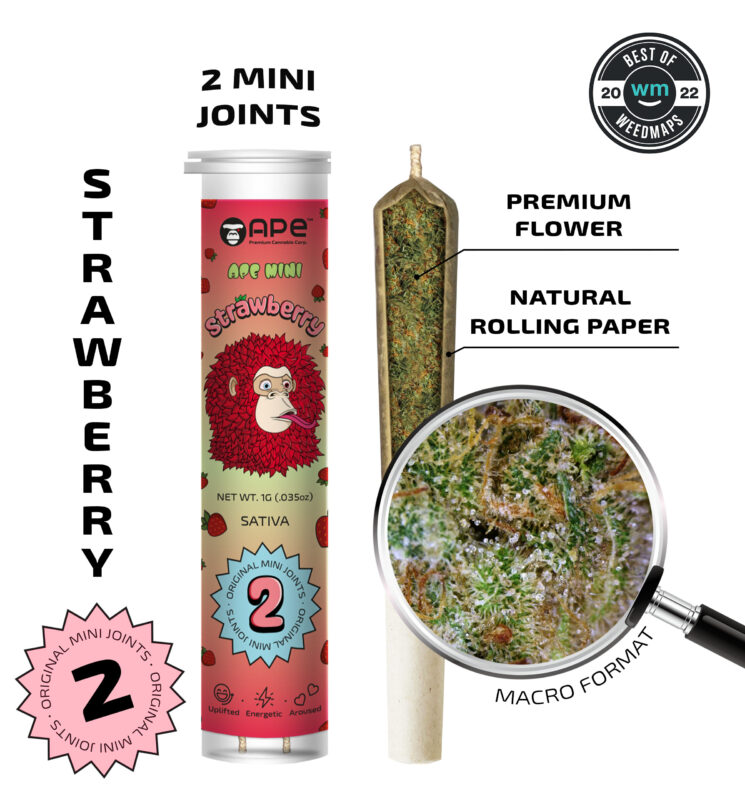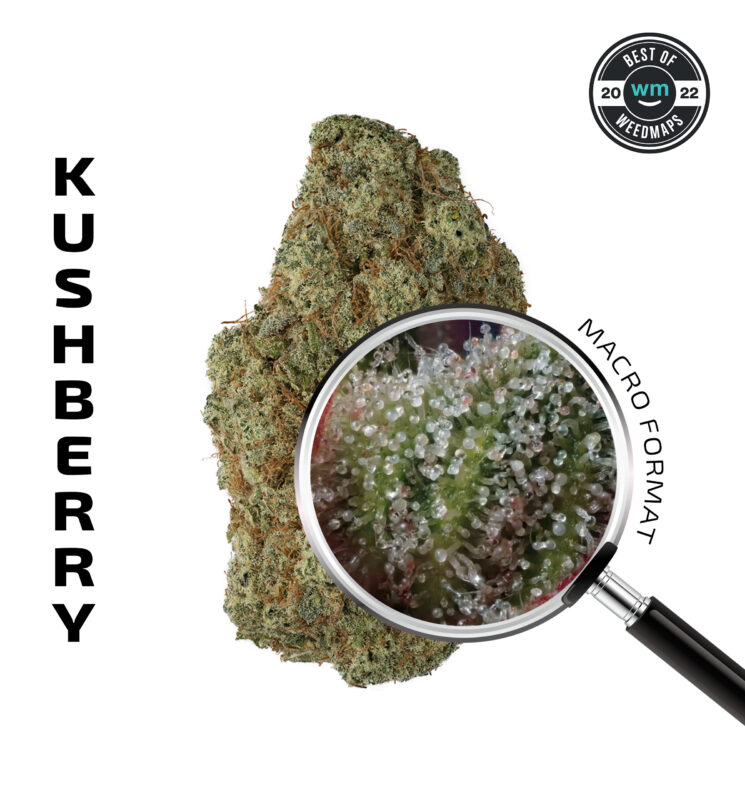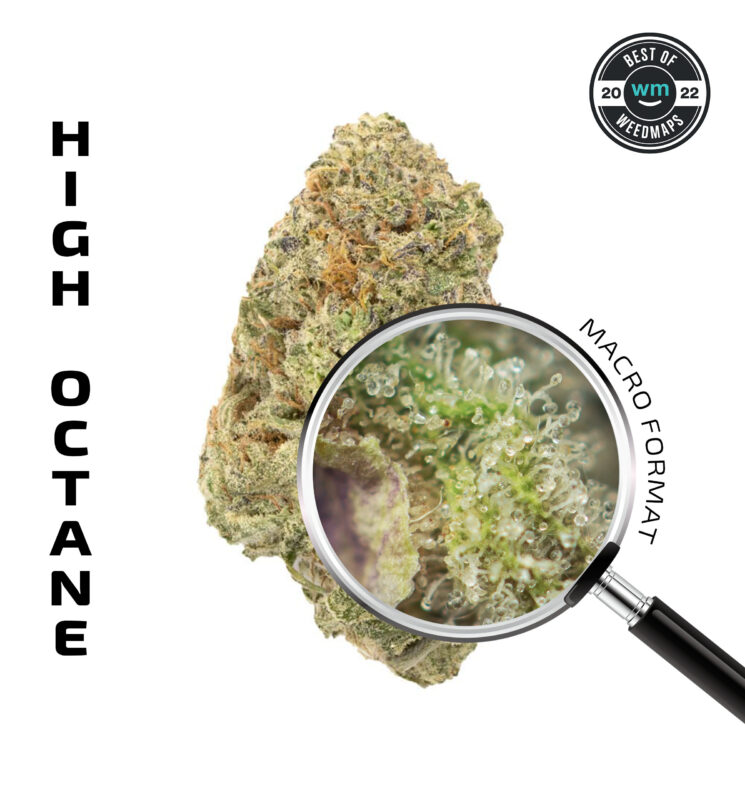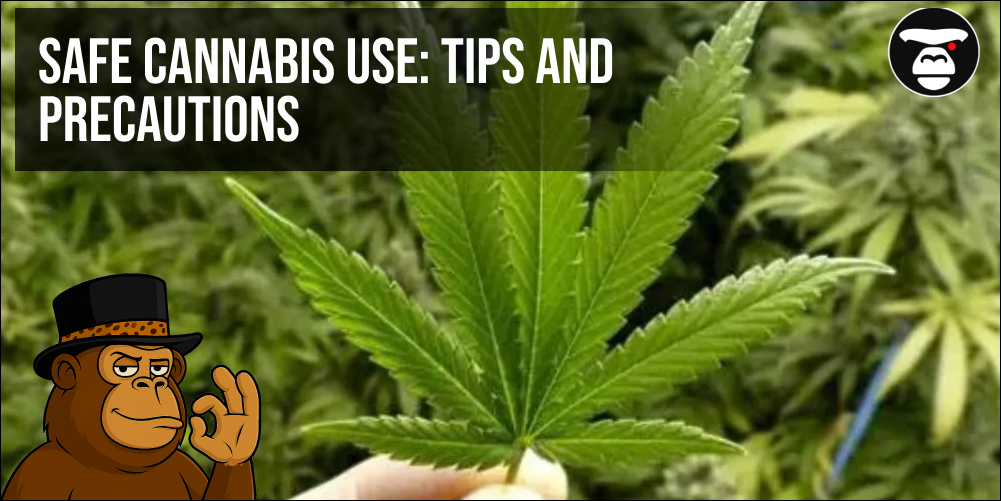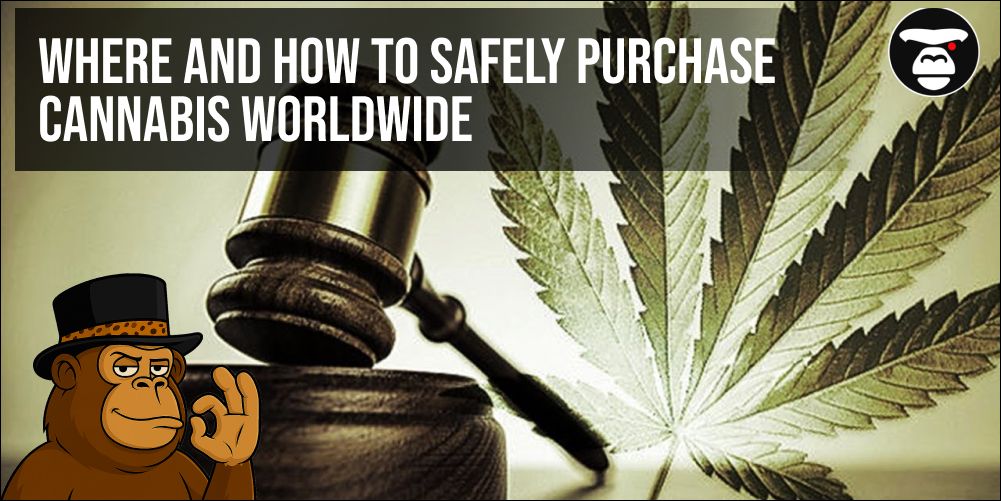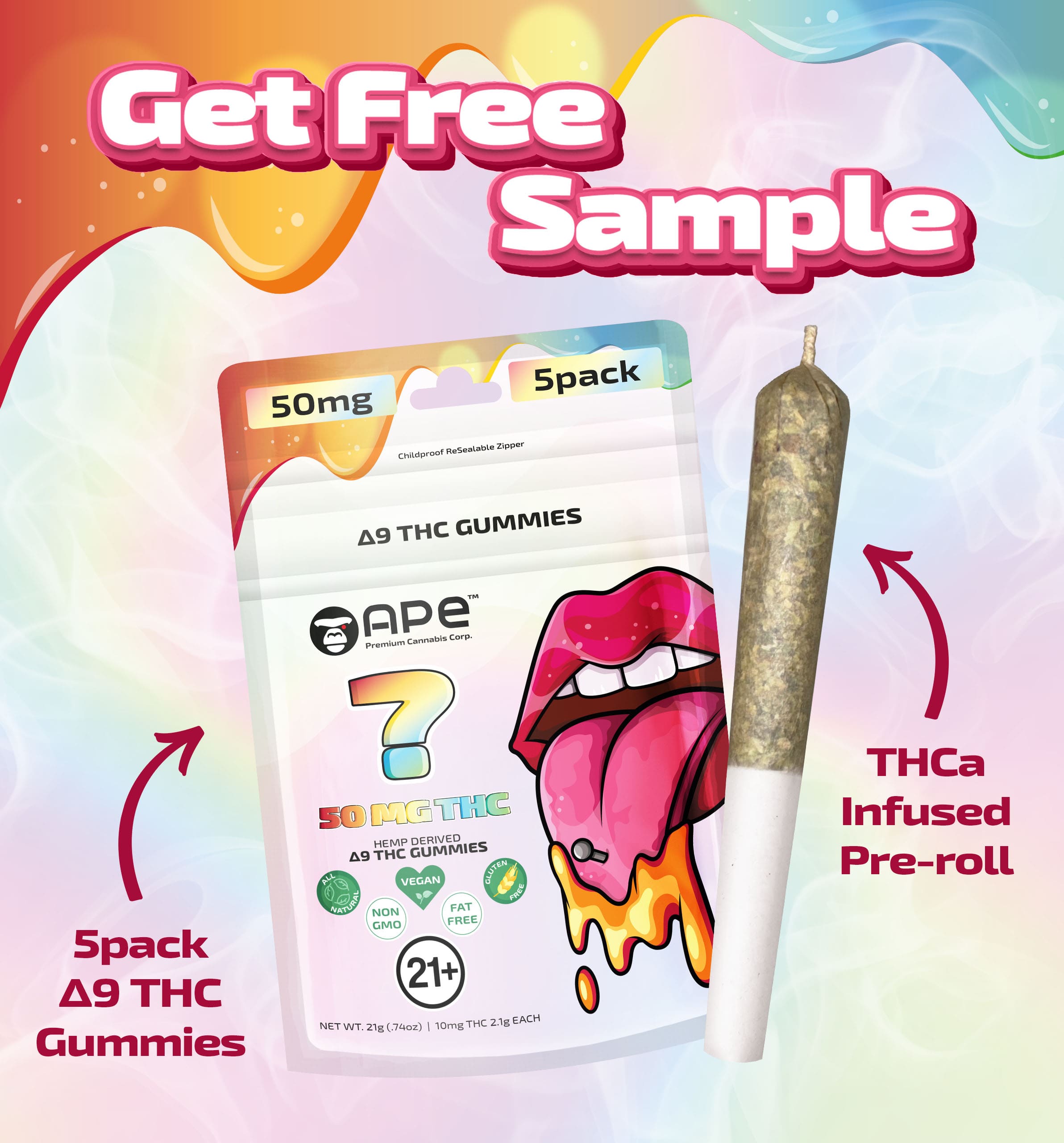6 Marijuana Myths and Facts: What Science Says

Marijuana has long been a magnet for controversy, fascination, and sometimes outright fear. From urban legends claiming instant addiction to assertions of miraculous healing, public perception is often shaped more by stories than by evidence. Understanding marijuana myths and facts is essential to navigate this landscape responsibly. Modern cannabis science explores the intricate ways cannabinoids, particularly THC vs CBD, interact with the human body. These compounds can influence mood, appetite, cognition, and even inflammation, highlighting that cannabis is not a monolithic experience but a spectrum of effects influenced by chemistry, dosage, and individual biology.
Scientific studies emphasize context. While casual adult use is generally safe, certain populations, such as adolescents or those with predispositions to mental health issues, may experience negative effects from high-THC strains. Furthermore, recreational users often underestimate the importance of method and dosage, which can dramatically alter outcomes. Research into marijuana health effects helps clarify which claims are rooted in fact and which are exaggerated myths, offering a framework for safer use.
- Individual experiences vary based on THC vs CBD ratios and potency.
- Scientific evidence distinguishes myths from exaggerated claims.
- Informed use and moderation significantly reduce potential risks.
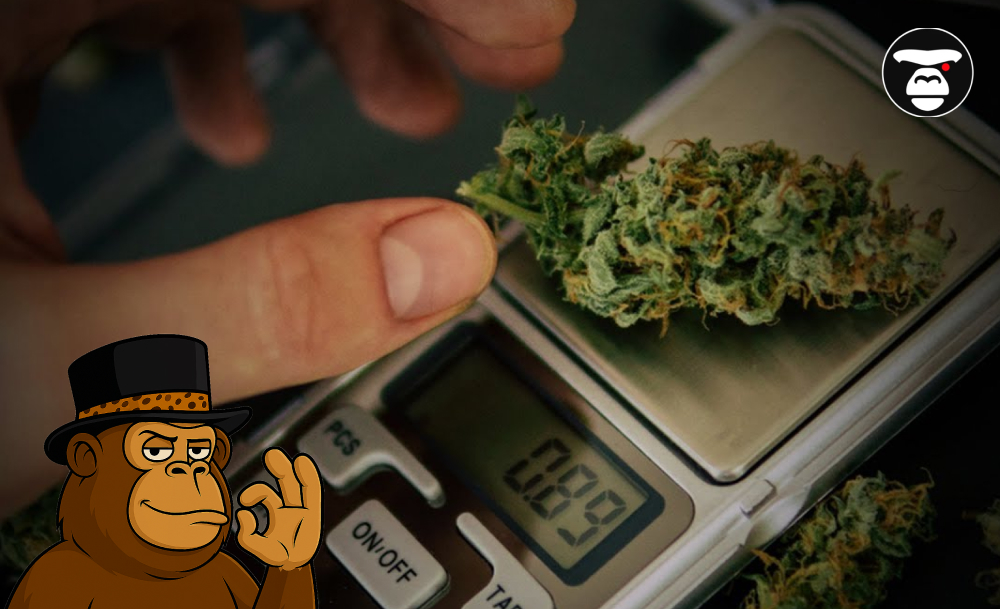
Myth 1: Marijuana is Completely Safe. Fact: Context Matters
Many believe that cannabis is inherently harmless, but the truth is nuanced. Safety depends on dose, frequency, method of consumption, and individual physiology. High THC weed can produce intense psychoactive effects, temporarily affecting attention, memory, and emotional regulation. Even seasoned users may encounter negative outcomes if these variables are ignored. Cannabis health effects show that moderation, strain selection, and mindful consumption are key to minimizing potential risks.
Strains rich in CBD cannabis benefits often counterbalance some of the anxiety, paranoia, or cognitive fog associated with high-THC varieties. While casual use is generally safe for adults, frequent or heavy consumption can lead to subtle cognitive or psychological effects over time. Marijuana myths and facts often fail to reflect this spectrum of impact, painting either overly optimistic or unnecessarily fearful pictures. Science clarifies that the plant itself is not inherently dangerous; rather, risk is a product of context and informed decision-making.
- THC vs CBD ratios largely determine intensity and risk.
- Overuse can impair cognitive function or induce anxiety.
- Responsible dosing and rest periods mitigate most risks.
Myth 2: Marijuana Causes Instant Addiction. Fact: Risk is Present but Manageable
The idea that marijuana is addictive immediately after first use is misleading. While is marijuana addictive has been debated, research indicates that physical dependency is rare, and psychological dependence occurs in a small subset of users. Risk is higher for frequent consumption, early exposure in adolescence, or use of high-potency strains.
The brain’s endocannabinoid system explains why some individuals develop habitual use patterns. Cannabis science shows that with moderation and awareness, most users can consume marijuana without developing lasting dependency. Education, mindful dosing, and periodic breaks are effective strategies to reduce risk and maintain control.
- Psychological dependence affects only a minority of users.
- Early and heavy use increases the likelihood of habitual patterns.
- Moderation, mindful tracking, and knowledge reduce the risk.
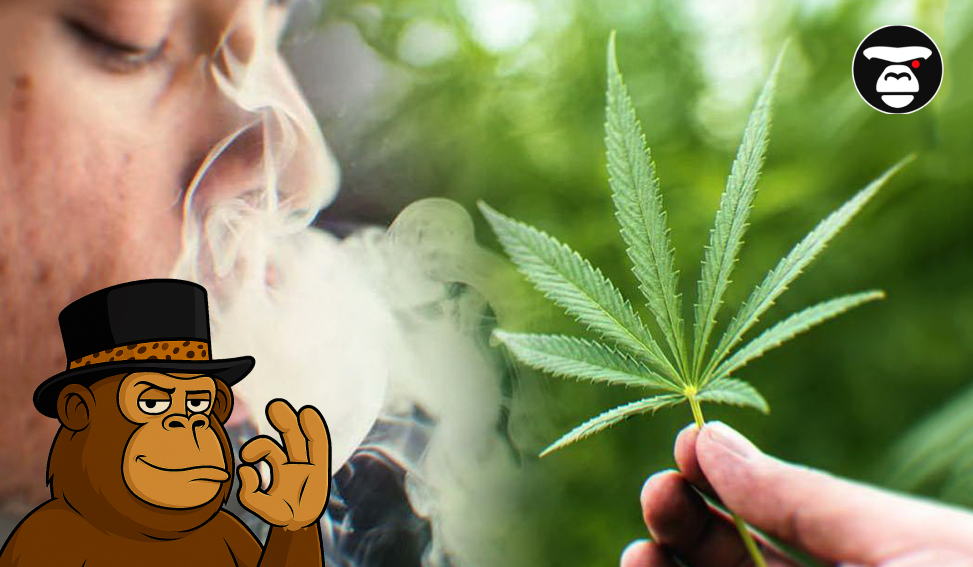
Myth 3: Medical Marijuana is a Marketing Gimmick. Fact: Evidence Supports Its Use
Skeptics often dismiss medical marijuana research as marketing hype, yet decades of studies validate its therapeutic potential. Cannabinoids such as CBD and THC interact with the endocannabinoid system, influencing pain, inflammation, sleep, and mood. Clinical data confirms benefits in chronic pain management, anxiety reduction, and seizure control.
While medical marijuana is not a cure-all, marijuana myths and facts are clarified through controlled trials and peer-reviewed studies. Selecting appropriate strains and dosages under professional supervision maximizes efficacy and minimizes risks. Evidence underscores the importance of separating anecdotal claims from scientifically validated outcomes.
- CBD reduces inflammation and can calm anxiety.
- THC aids pain relief and sleep regulation.
- Medical use is most effective under professional guidance.
Myth 4: Marijuana is Harmless to the Brain. Fact: Neuroeffects Exist
Another widespread myth is that cannabis leaves the brain unaffected. In reality, how marijuana works in the brain is complex. THC binds to cannabinoid receptors, influencing reward, memory, and emotional processing. CBD modulates some of these effects, offering potential neuroprotective benefits. Cannabis health effects are dose-dependent, and adolescents are more vulnerable to long-term cognitive impact than adults.
Understanding the neuroscience behind cannabis helps dispel exaggerations while acknowledging real effects. Knowledge of these mechanisms allows for safer, more predictable use, reducing the likelihood of cognitive or emotional disruption.
- THC primarily affects memory and reward systems.
- CBD can offset some cognitive and emotional effects of THC.
- Age and brain development influence susceptibility.
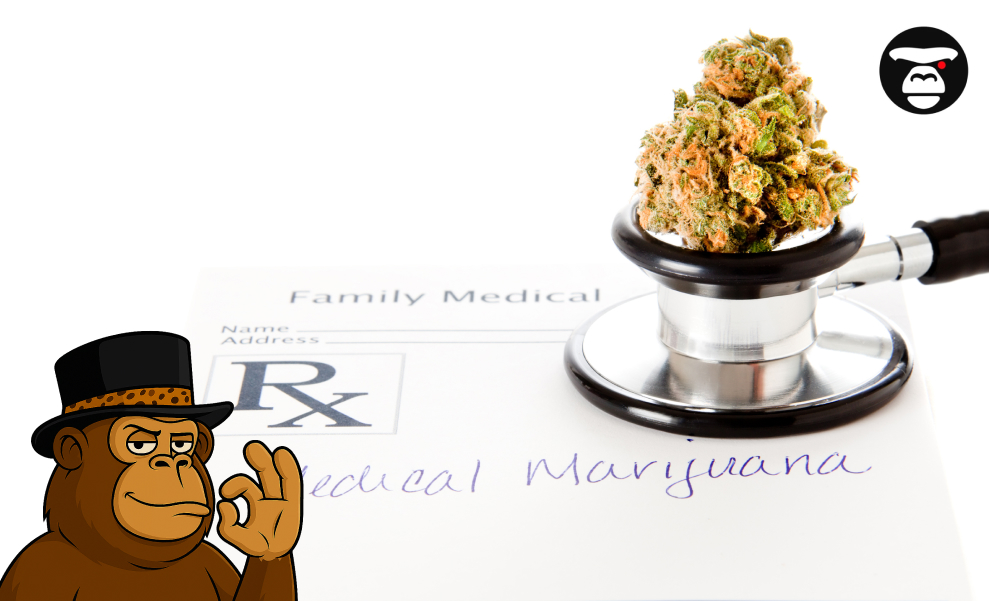
Myth 5: All Cannabis Strains Produce the Same Effects. Fact: Chemistry Matters
Not all cannabis is created equal. Differences in THC vs CBD ratios, terpene profiles, and overall potency explain the wide variability in user experiences. Marijuana myths and facts often assume uniformity, but science shows effects are strain-specific. Some strains energize, others relax; some relieve pain, others stimulate appetite.
Understanding chemical composition allows users to choose strains aligned with their goals, whether recreational or medical. Awareness of terpene content and cannabinoid ratios maximizes benefit while minimizing unwanted side effects.
- Terpene profiles influence mood and sensation.
- Balanced THC vs CBD strains provide smoother effects.
- Knowledge of chemistry allows safer and more targeted use.
- Weed Delivery Service in Santa Rosa
- Safe Cannabis Use: Tips and Precautions
- Top 5 Weed Sauce cartridges in San Bernardino
Myth 6: Legalization Means Total Safety. Fact: Regulations Help but Don’t Replace Responsibility
Legalization of cannabis has certainly changed the landscape, making high-quality products more accessible and reducing legal risks for users. However, it does not mean that marijuana is completely risk-free or that users can disregard safety measures. While marijuana legalization facts guarantee quality control, lab-tested potency, and limited contaminants, personal responsibility remains essential. Users still need to pay attention to dosage, strain selection, and consumption methods, as even legally regulated cannabis can produce undesirable effects if misused.
Education and informed decision-making complement regulatory frameworks. Legalization provides structure—such as labeling, testing, and age restrictions—but does not replace knowledge about how different strains affect the body or mind. For example, a high-THC strain consumed in excess can still trigger anxiety or cognitive impairment, while cannabis health effects vary based on individual tolerance, method of ingestion, and underlying medical conditions. Following safe cannabis use practices, knowing your own limits, and respecting potency guidelines remain crucial. Legal access reduces external risks but cannot substitute for personal responsibility.
- Legal products undergo thorough testing for THC vs CBD content and contaminants.
- Understanding strain chemistry and dosage is key for predictable experiences.
- Combining education with regulation maximizes safety and reduces unintended negative effects.
Conclusion: Science Separates Myths from Facts
Understanding marijuana myths and facts allows users to approach cannabis with clarity, responsibility, and confidence. Science provides evidence that separates exaggerated fears from real risks, and identifies where therapeutic potential exists. Knowledge of THC vs CBD, neurobiological mechanisms, and practical marijuana consumption tips empowers both recreational and medical users to make informed decisions, enjoy desired effects, and minimize negative outcomes.
Even with legalization, not all risks vanish. Responsible use, guided by research and awareness of potency, ensures a safer experience. Evidence-based guidance transforms cannabis from a source of confusion into a tool for wellness, relaxation, or medical support. Recognizing myths while respecting verified facts allows users to navigate the world of marijuana intelligently, maximizing benefits while reducing harm.
- Evidence distinguishes facts from long-standing myths.
- Understanding strain chemistry and cannabis health effects enhances safety.
- Moderation, education, and awareness of personal tolerance maximize the positive potential of cannabis.
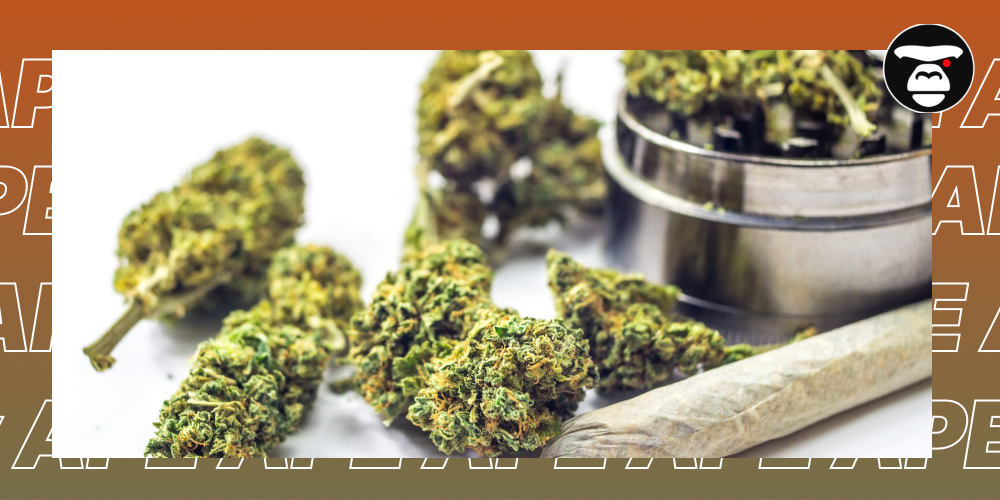
FAQ: Marijuana Myths and Facts
What is the safest way to start using marijuana?
For beginners, the safest approach is to start with a low dose of cannabis, preferably strains with higher CBD cannabis benefits and moderate THC. Using small amounts helps gauge effects without overwhelming psychoactive experiences. Choosing a calm environment and familiar company enhances safe cannabis use and reduces anxiety or paranoia.
How do I choose the right cannabis strain for my needs?
Selecting the right strain depends on desired effects and tolerance. THC vs CBD balance is key: high-THC strains may produce strong euphoria, while CBD-rich strains often provide relaxation and reduce anxiety. Checking lab-tested products and understanding cannabinoid profiles ensures controlled, predictable experiences.
How long does it take for marijuana to take effect?
The onset varies by consumption method. Smoking or vaping produces near-instant effects, while edibles or tinctures may take 30–120 minutes. Knowing marijuana consumption tips helps prevent accidental overconsumption, ensuring a safe and enjoyable experience.
What are common side effects and how can they be managed?
Even with safe cannabis use, some side effects may occur: dry mouth, dizziness, short-term memory issues, or mild anxiety. Using strains with balanced THC vs CBD, staying hydrated, and resting in a calm environment usually minimizes discomfort. Awareness of personal tolerance is crucial.
How should marijuana be stored safely?
Proper storage preserves potency and safety. Keep products in airtight containers, away from light and heat, and always out of reach of children and pets. Purchasing from certified dispensaries ensures quality and compliance with legal marijuana legalization facts.






